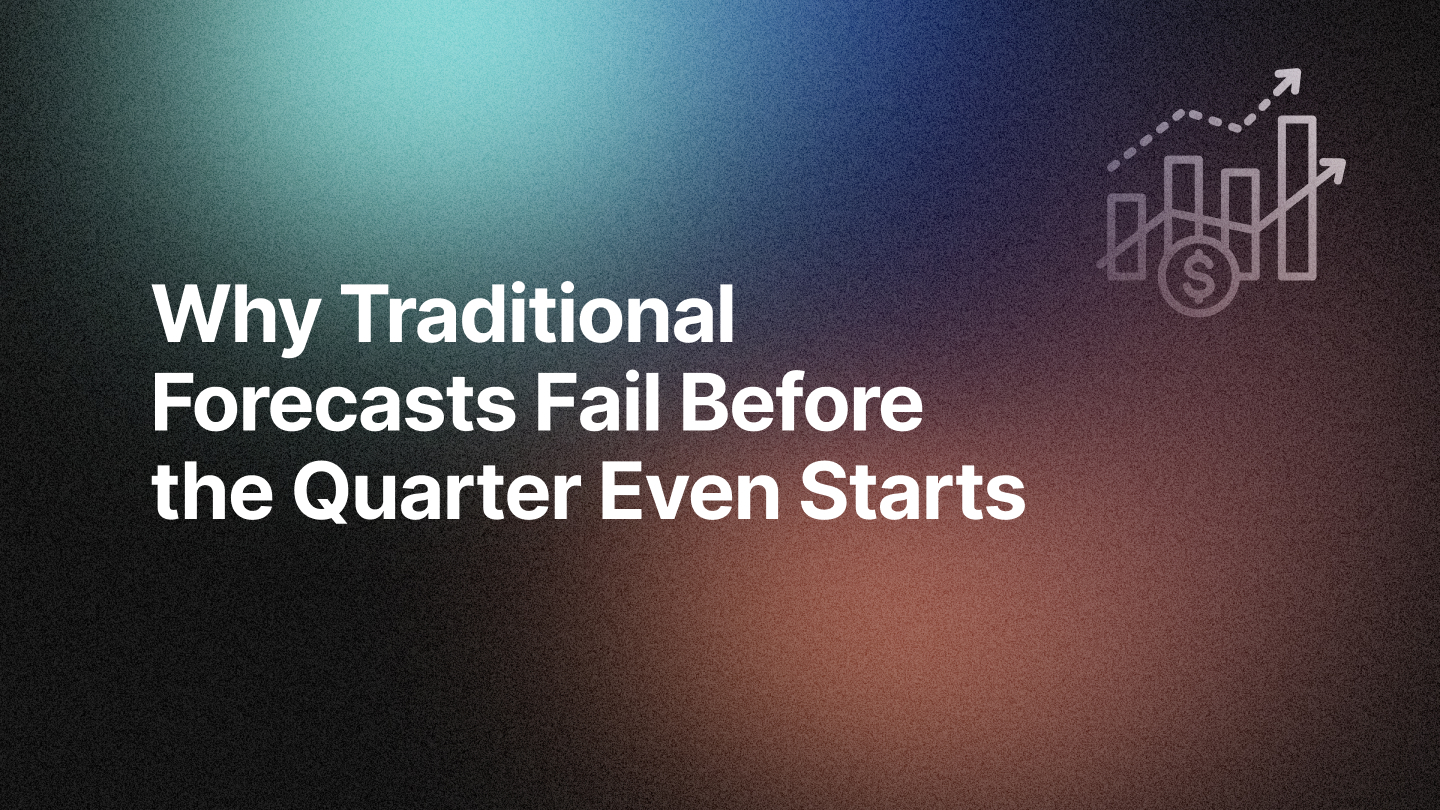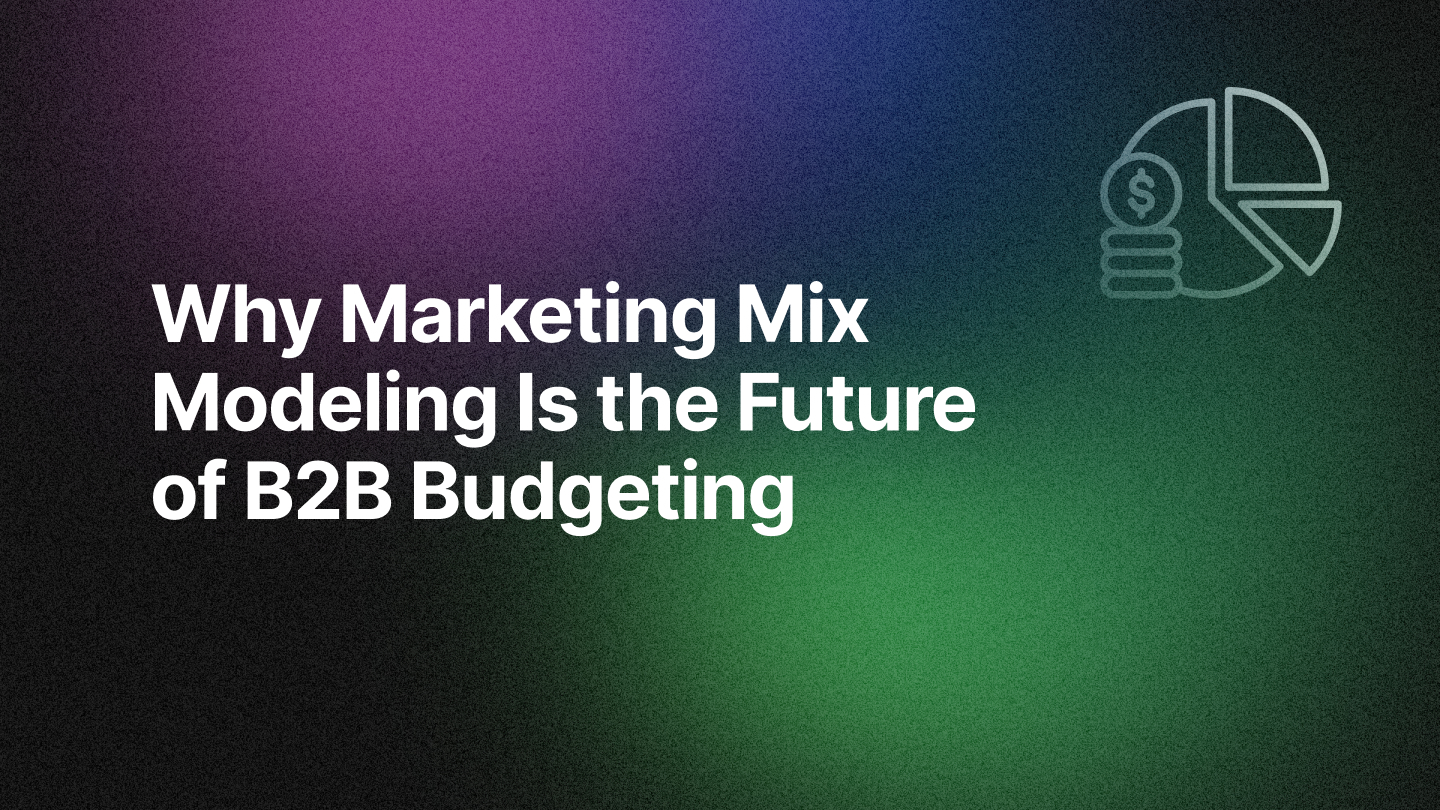Social media remains one of the most crucial pillars in the B2B marketing mix, but the challenge no longer lies in what to do—it’s all about how to do it better. For most experienced marketers, the struggle is no longer understanding the fundamentals of paid and organic social media, but determining the right balance that maximizes impact, efficiency, and return on investment (ROI).
The lines between organic and paid social have blurred, yet both play distinct and complementary roles in a sophisticated marketing strategy. The real opportunity for growth lies in mastering how to blend them, leveraging their strengths at the right time, and measuring their effectiveness with precision. According to HubSpot's 2023 State of Marketing Report, 73% of marketers cite increasing brand awareness, lead generation, and audience growth as top social media goals, requiring a mix of paid and organic strategies to maximize results.
Let’s skip the basics and dive into advanced tactics for blending paid and organic social, along with how you can better measure the impact through robust attribution models.
Optimizing the Blend: When and How to Shift Focus
Balancing paid and organic social isn’t about allocating a fixed percentage of your budget or time to each—it’s about knowing when to shift focus based on your business goals, target audience, and the lifecycle stage of your campaigns.
When to Lean on Organic
Organic social shines when building trust, authority, and engagement with your core audience. While it's no secret that organic reach has been on the decline, the authentic engagement it fosters cannot be replaced by paid efforts. Organic works best for:
- Nurturing long-term customer relationships
- Building thought leadership
- Driving engagement from existing followers
- Increasing retention and brand advocacy
When Paid Takes the Lead
Paid social is your accelerator, designed for rapid growth, expanding reach, and driving specific, measurable outcomes. Whether you’re launching a new product, targeting a specific persona, or promoting a high-stakes event, paid social ensures your message gets in front of the right audience. Key opportunities to prioritize paid include:
- Targeting highly specific audience segments
- Expanding brand awareness beyond existing followers
- Driving conversions with clear, trackable ROI
Creating Synergy Between Organic and Paid Social
One of the best ways to make these channels work together is through a content-first strategy. Organic social can serve as your testing ground—allowing you to identify high-performing content that resonates with your audience. Paid campaigns can then amplify this content to reach new audiences or re-engage those who have already shown interest.
Instead of treating paid and organic as separate entities, align them in your broader content strategy. Track performance across both channels, refine your messaging based on what performs organically and then amplify those successes with paid efforts.
Better Measurement and the Role of Attribution
We all know that measurement is where many social media strategies fall short. While impressions, clicks, and engagement rates are valuable, they don’t paint the full picture of how your social efforts contribute to the business’s bottom line. This is where attribution models come into play.
Advanced Attribution for Social Media
Attribution in B2B marketing is critical because it enables you to track the full journey of a lead or customer from the first touchpoint to conversion. But with so many touchpoints across the funnel—often spanning organic and paid channels—pinpointing which interactions are most impactful can be a challenge.
Traditional last-click attribution models often overlook the influence that organic social plays in the buyer’s journey, undervaluing the top-of-funnel activities that nurture prospects over time. Multi-touch attribution (MTA), by contrast, provides a more holistic view, giving credit to every touchpoint in the customer journey—whether organic social posts, paid ads, or blogs shared on LinkedIn.
RevSure’s for Attribution and Measurement of Social Media Activities
RevSure goes beyond basic metrics to help you identify what truly drives conversions. With RevSure’s Demand Generation Effectiveness module, you get deep insights into the performance of each campaign, lead source, and social touchpoint. Here’s how RevSure can enhance your measurement:
- Cross-Channel Attribution: Understand the full customer journey, with visibility into how both paid and organic social efforts contribute to conversion. This means you can finally give proper credit to that organic post that started a conversation, even if the final touchpoint was a paid ad.
- ROI Calculation: Measure the ROI of each campaign, whether paid or organic, and determine which channels deliver the most revenue impact.
- Visitor-Level Insights: Identify and track anonymous website visitors, then enrich their data for more personalized outreach. This helps you map their journey from initial social interaction to becoming a qualified lead, offering a clearer picture of how social media fits into the broader revenue cycle.
- Content Performance: Leverage AI-driven insights to know exactly which pieces of content drive engagement and conversion. This allows you to fine-tune your content strategy, allocating budget and resources where it counts.
.png)
Actionable Tips for Improving Attribution
- Define Clear Goals for Each Channel: Align KPIs for paid and organic efforts with your broader business goals. Whether it’s generating MQLs, closing deals, or expanding brand awareness, ensure that your measurement tools capture the data you need to prove value.
- Use Multi-Touch Attribution Models: Shift away from single-touch attribution models and invest in multi-touch attribution to understand how different touchpoints influence each stage of the funnel. This is essential for tracking the cumulative impact of organic and paid efforts.
- Focus on Data Accuracy: Use platforms like RevSure to improve the accuracy of your attribution models by integrating all your data sources—social, CRM, web analytics—into one cohesive view.
- Iterate and Optimize: Attribution isn’t a one-time setup. Continuously evaluate which touchpoints drive the most impact and refine your strategy based on performance data. For example, you may discover that certain organic posts are highly influential early in the funnel, even though conversions happen via paid channels.
Conclusion
Experienced B2B marketers understand that social media is a game of balance—especially when it comes to paid vs. organic efforts. The real mastery lies in knowing when to push forward with paid campaigns and when to let organic efforts carry the conversation. But even more important is understanding the impact of those efforts through accurate attribution and robust measurement. What do you think? Let's talk about how you measure your team's efforts on social media.
Related Blogs








